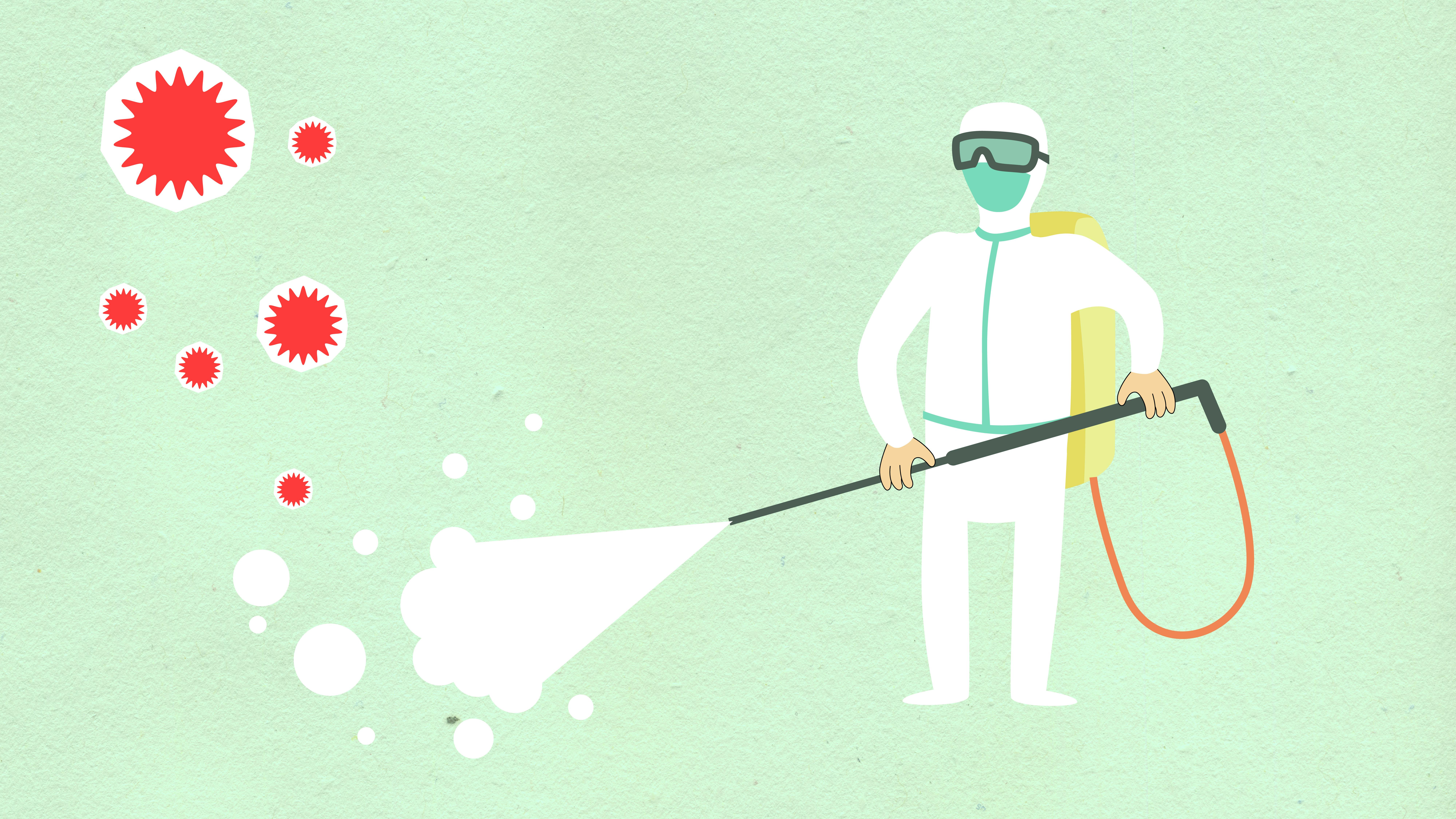
Lymphedema: swelling of a limb
Ask:
I am a 21 year old female and I was recently diagnosed with lymphedema in the lower right leg. The cause of this is still unknown. Please could you give me any advice on what I could do to ease the swelling and help me live life as normally as possible?
Answer:
Lymphedema refers to painless swelling of a limb, caused by fluid that accumulates due to a blockage in the lymphatic vessels that drain the site. Let me explain in more detail. The body has two interconnected circulation systems, the cardiovascular and the lymphatic, which form a complex network from head to toe. The cardiovascular system circulates blood through the arteries, veins, and capillaries of the heart. Waste from your body is removed by the lymphatic system, working in conjunction with the veins of the venous system. The latter also acts on its own to deal with carbon dioxide gas waste from cells.
Meanwhile, the lymphatic system drains other wastes, consisting of the chemical by-products of cell metabolism, which end up in the spaces between cells, and any foreign bodies such as bacteria, viruses, fungal spores, and stubborn chemicals that have entered the body. through the skin. These wastes take the form of fluid (medically called ‘interstitial’ or ‘extracellular’ fluid and some solids. These are collected in small blood vessels, which then empty the waste products into the large veins that lead to the right chambers of the heart. There, they travel to the lungs to be purified and / or oxygenated before returning to the heart.
So basically the lymphatic system is like the drainage systems that collect waste from kitchens, bathrooms, etc. However, because the walls of the lymphatic vessels are thin and bacteria from any cuts or abrasions on the skin can easily enter, nature has provided lymph nodes or glands at various points in the network. These act as checkpoints, identifying foreign bodies such as bacteria, cancer cells, chemicals, and pus particles. If they come into contact with these enemies, the nodes become inflamed with a fluid that contains fighting cells called lymphocytes, designed to destroy foreign bodies. The same thing happens when you have an infection: lymph nodes swell, for example, in the tonsils, throat, neck, armpits or groin.
If something blocks the “drainage” of the lymphatic system, fluids build up and the result is edema, as in the leg. If some lymph nodes and vessels are surgically removed, as is quite common in breast cancer patients, edema occurs in the arm. Sometimes the parasites block the lymphatic system in the groin area, causing a large swelling in the legs, called elephantiasis because the foot becomes like an elephant.
In my experience, lower leg swelling is commonly caused by a partial blockage in the superficial veins, due to small clots (rather than large clots like those involved in deep vein thrombosis). Any mechanical pressure on the leg, such as wearing socks with a tight elastic on top, is enough to cause swelling.
These are my suggestions:
* It is essential that you help your liver, the main controller of the clotting system, to function properly.
* Avoid the contraceptive pill, long-term antibiotics for acne or other conditions, excess alcohol, fried, rich or greasy foods, cream, butter and cheese.
* Do not smoke.
* Drink one glass a day of freshly squeezed carrot, celery and cucumber, and three cups a day of gokhru tea to reduce overall water retention; take both for two months.
* Massage your legs daily, down from the knees through the calves to the ankles (to protect against any upward movement of clots) with a mixture of three parts organic sesame oil (from good supermarkets), two parts oil of pure mustard and one part Kalonji oil (black cumin seed). Do this for ten minutes before going to bed for a month. Also, in the morning, massage the inner surface of the legs from the bone shafts to the ankles with Amrutanjan Balm. You can find numerous small nodules along the way, which are small clots in the superficial veins that attach to the valves. Work carefully, as these nodules are often tender. This will cause an instant reduction in swelling, although it may come back later. However, subsequent treatments should solve the problem in a month.
* I also recommend manual lymphatic drainage (MLD) massage by a qualified therapist.